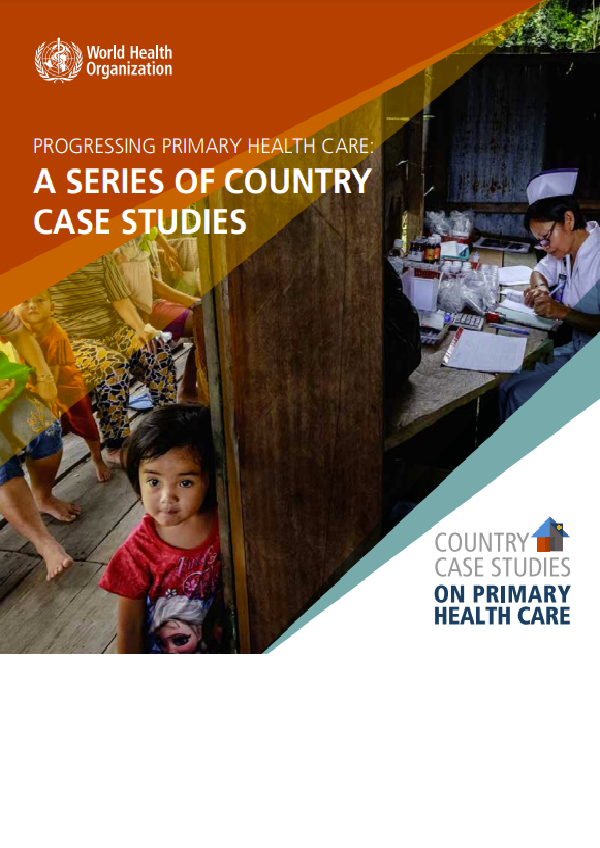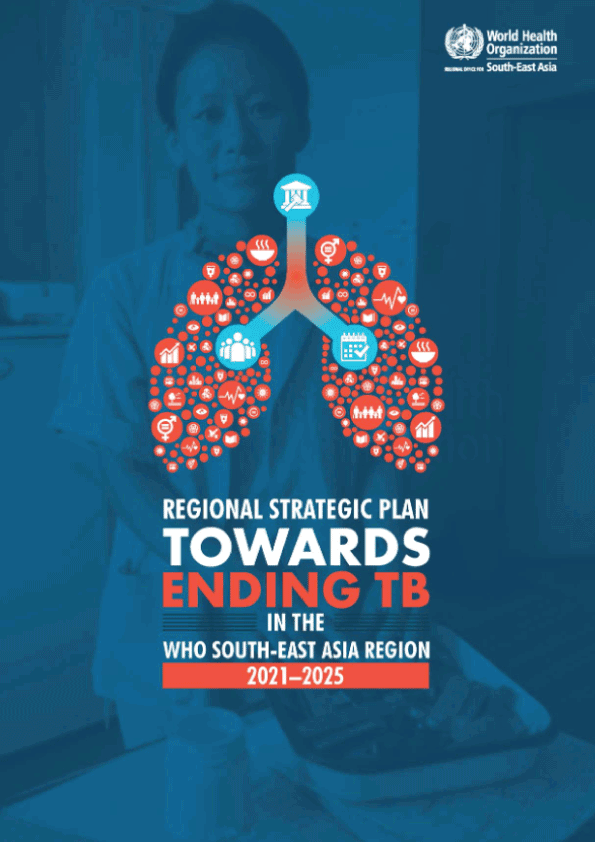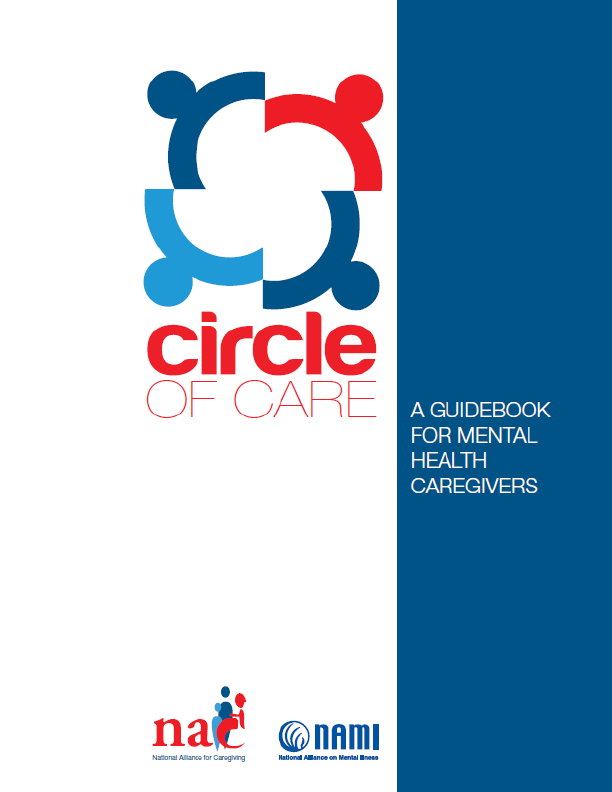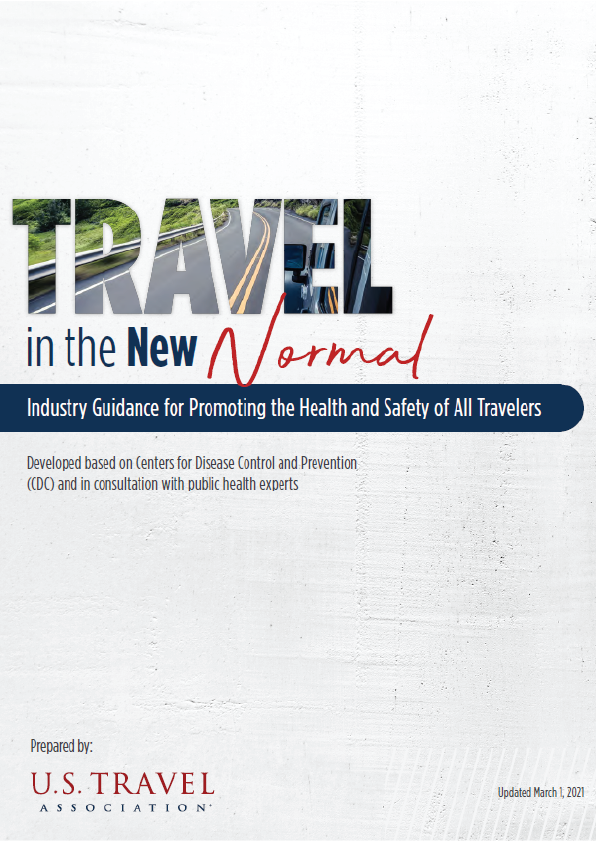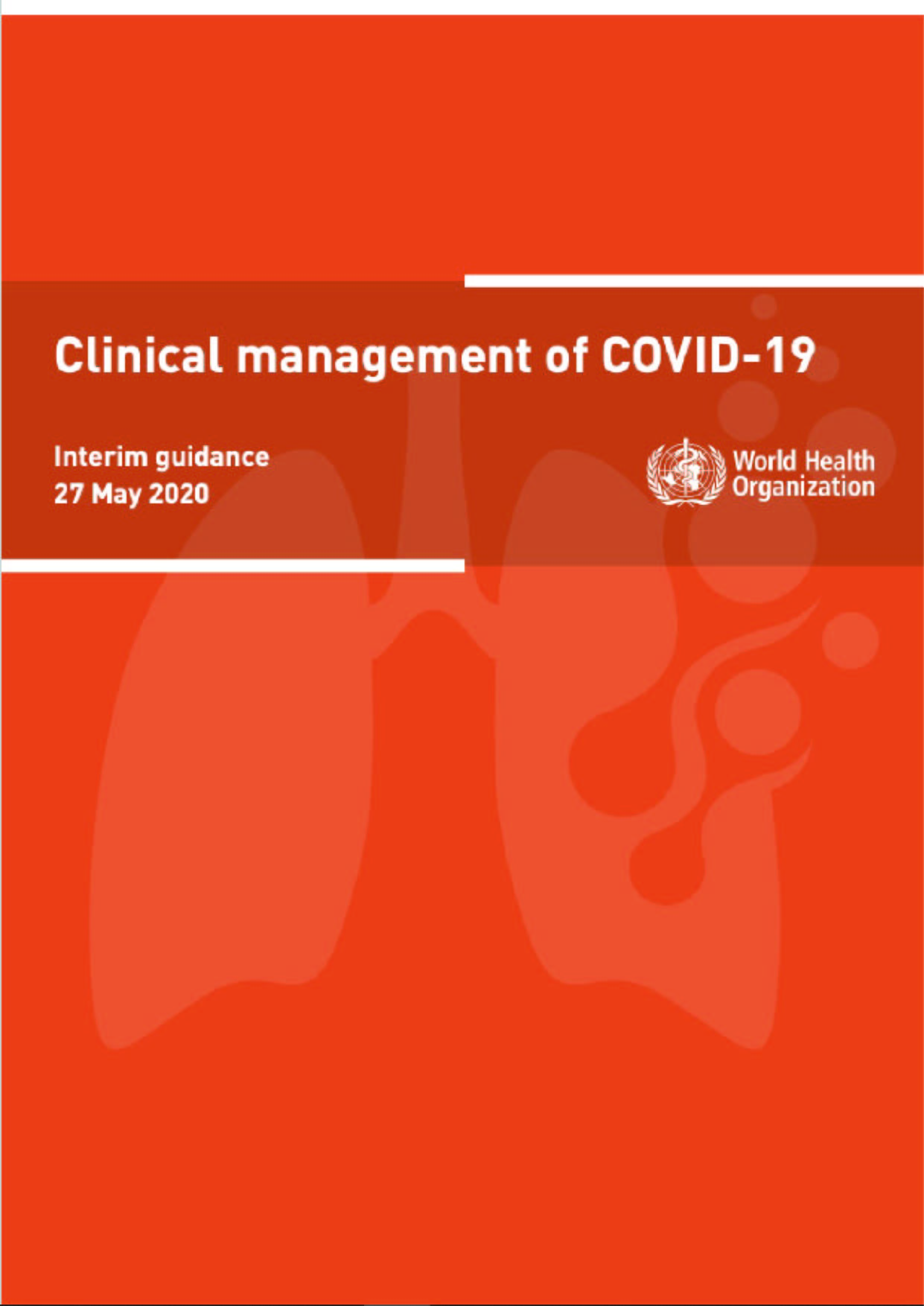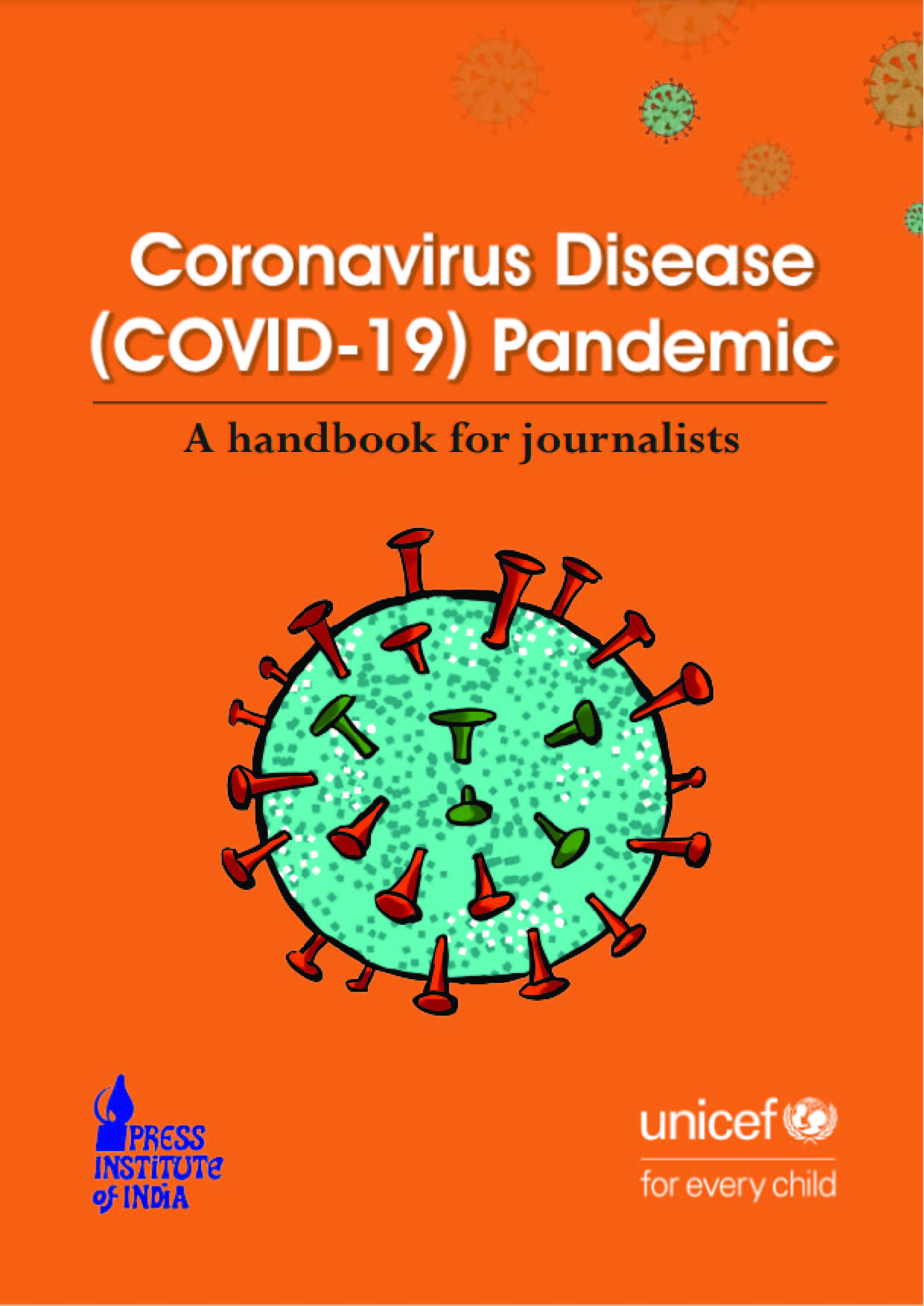The 1978 Declaration of Alma-Ata (1) was revolutionary. Many countries, the World Health Organization (WHO), the United Nations Children’s Fund (UNICEF) and other organizations had been pursuing strategies to provide primary health care (PHC) for years (2). However, Alma-Ata made PHC central to health care policy and practice. In a world in which resources had long been focused on “vertical” health programs, expanding the focus of health care was a novel approach for the global health community. Since this declaration, efforts to improve health have increasingly been framed in terms of building, strengthening, or realigning the systems that contribute to a more expansive notion of health for the entire population.
Since this declaration, efforts to improve health have increasingly been framed in terms of building, strengthening, or realigning the systems that contribute to a more expansive notion of health for the entire population. In 2018, in support of the Global Conference on Primary Health Care and the Declaration of Astana, WHO commissioned a series of case studies on various countries that have delivered PHC reforms over the past four decades. These case studies illustrate different aspects of PHC reform, focusing on successful interventions but also highlighting ongoing challenges. They were chosen to represent the experience of a diverse range of countries, each with different population health needs, health system development, and levels of resources.
The aim of the series is to demonstrate how commitment to PHC can be translated into action, highlight common challenges, showcase what has worked well, and provide examples for policymakers and other stakeholders who are committed to transformation in support of PHC. The cases include those that focus on health sector reform, and those using the “health in all policies” (HiAP) approach. The cases can be summarized as follows:
- Australia – Lessons from 10 years of HiAP in South Australia;
- Brazil – the Mais Medicos Programme;
- Canada – Quebec’s policy of prevention in health, a HiAP approach;
- China – Multidisciplinary teams and integrated service delivery across levels of care;
- Egypt – Health sector reform;
- El Salvador – Territorial community teams;
- Estonia – The development of family practice to support universal health coverage;
- Finland – How to take into account health, well-being, and equity in all sectors;
- Ghana – Community engagement, financial protection, and expanding rural access;
- Iran – Health sector reforms;
- Jamaica – Development of workforce for the first level of care;
- Kazakhstan – Technology to support disease management in primary care;
- Samoa – Engaging people for health promotion;
- Sri Lanka – Community-based workforce development for maternal and child health;
- Suriname – Reducing the burden of disease and health inequity through HiAP;
- Thailand – Development of primary care;
- Turkey – Family practice for quality in universal health coverage; and
- Viet Nam – Improving equity in access to primary care.
